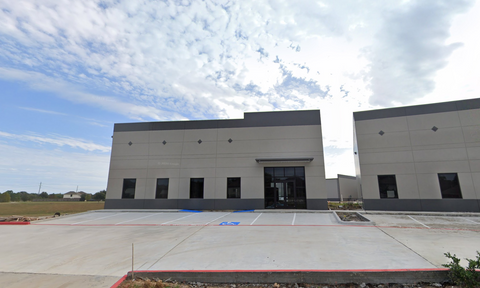The journey of a cigar begins long before it’s in your hand, resting between your fingers, slowly releasing rich aromas. A true premium cigar is the product of years of labor, tradition, craftsmanship, and dedication. Understanding how cigars are made deepens appreciation for every draw — and removes all doubt about their authenticity and value.
Let’s walk through the entire process from seed to smoke, so there’s no mystery left behind.
The Tobacco Seed
It all begins with a tiny seed — smaller than a grain of sand — cultivated with extreme care. These seeds are sown in nurseries and carefully managed for around 45 to 60 days until they grow into small, sturdy seedlings. Once they are strong enough, they’re transplanted into fields, where they grow into large, lush tobacco plants over a 2–3 month period.
Field Growth and Harvesting
Tobacco grown for cigars is planted in two main ways: under the sun (sun-grown) or under cheesecloth-like fabric (shade-grown). These methods directly affect the leaf’s flavor, color, and strength.
Once the plant reaches maturity, leaves are harvested by hand in stages, from bottom to top. The leaves from each section have different properties:
-
Volado (bottom leaves): Milder, used for combustion.
-
Seco (middle leaves): Medium strength, contributes to aroma.
-
Ligero (top leaves): Strongest flavor, used for power and richness.
Each leaf is picked carefully and laid to rest in curing barns.
Curing: Drying the Leaves
In curing barns, tobacco leaves are hung in pairs on long poles and left to dry naturally. This stage typically lasts about 45–60 days. During curing, the chlorophyll fades and the leaves slowly change from green to golden brown, becoming more flexible and suitable for fermentation.
Fermentation: Flavor Begins
Fermentation is one of the most crucial stages. Leaves are piled into bulks (large stacks) where heat and moisture naturally rise. This controlled process removes harsh chemicals like ammonia and helps develop rich, complex tobacco flavors.
Fermentation can last from several weeks to several months, depending on the leaf type and desired outcome. After fermentation, the tobacco is sorted by size, texture, and color.
Aging the Tobacco
To achieve the smooth, balanced taste cigar lovers expect, the tobacco must rest. Leaves are stored in climate-controlled aging rooms where they mature and mellow over years. Some tobaccos age for up to five years before ever being rolled.
This aging process ensures there are no sharp or bitter notes in the final product. It also contributes to aroma and burn quality.
Rolling the Cigar
When the tobacco is ready, master rollers — known as torcedores — begin the artful process of hand-rolling cigars. Each cigar is made up of three parts:
-
Filler: The core blend of leaves that determine strength and flavor.
-
Binder: Holds the filler together.
-
Wrapper: The outermost, most delicate leaf. It provides much of the cigar’s flavor and appearance.
The rollers skillfully bunch the filler and binder, press the bunch in molds to shape the cigar, and finally wrap it with a flawless wrapper leaf.
Quality Control
After rolling, cigars are inspected for consistency, firmness, draw, and visual perfection. Imperfect cigars are rejected or sold as “factory seconds.” The accepted cigars are aged again — sometimes up to six months — to allow the different tobaccos inside to “marry” and create a harmonious flavor.
Some factories also test the draw using machines to ensure each cigar offers the right resistance and smoke output.
Packaging and Shipping
Cigars are sorted by size and brand, banded with labels, and placed into cedar boxes that help preserve aroma and freshness. Boxes are often sealed and stamped to certify authenticity.
From here, they are shipped to distributors and retailers around the world, where they finally reach your humidor.
Why This Process Matters
Every step in the cigar-making process — from selecting the seed to final packaging — plays a role in creating a cigar that burns evenly, draws properly, and delivers exceptional flavor. Premium cigars are not mass-produced products; they are crafted over years by experts with generations of experience.
By understanding this process, there is no doubt left about why premium cigars carry value, prestige, and deep respect from aficionados worldwide.





